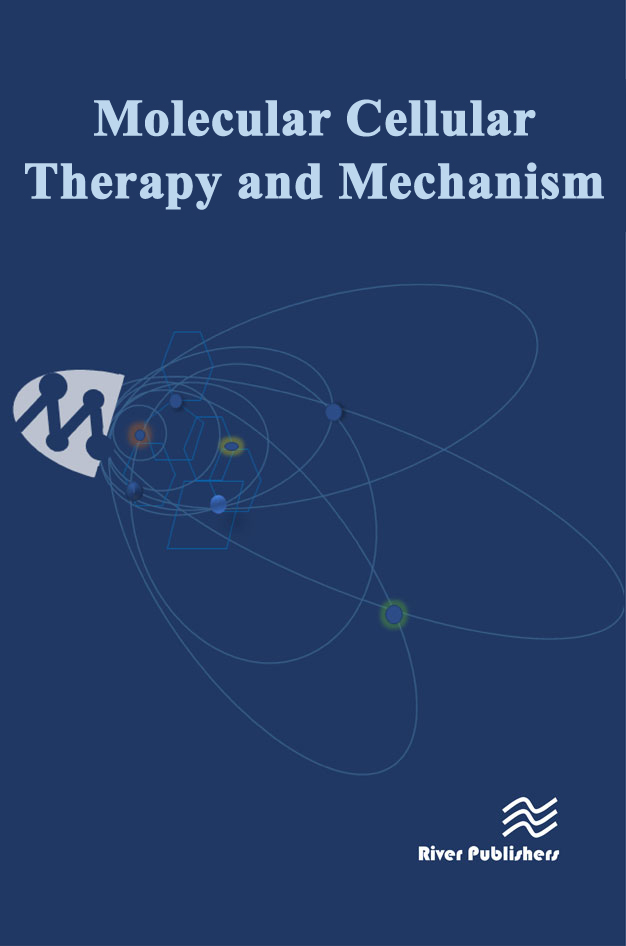Advances toward regenerative medicine in the central nervous system: challenges in making stem cell therapy a viable clinical strategy
DOI:
https://doi.org/10.13052/2052-8426-2-12Keywords:
Regenerative medicine, Stem cell therapy, Stem cell transplant, Progenitor cell, Neurodegenerative disease, Spinal cord injuryAbstract
Over recent years, there has been a great deal of interest in the prospects of stem cell-based therapies for the
treatment of nervous system disorders. The eagerness of scientists, clinicians, and spin-out companies to develop
new therapies led to premature clinical trials in human patients, and now the initial excitement has largely turned
to skepticism. Rather than embracing a defeatist attitude or pressing blindly ahead, I argue it is time to evaluate the
challenges encountered by regenerative medicine in the central nervous system and the progress that is being
made to solve these problems. In the twenty years since the adult brain was discovered to have an endogenous
regenerative capacity, much basic research has been done to elucidate mechanisms controlling proliferation and
cellular identity; how stem cells may be directed into neuronal lineages; genetic, pharmacological, and behavioral
interventions that modulate neurogenic activity; and the exact nature of limitations to regeneration in the adult,
aged, diseased and injured CNS. These findings should prove valuable in designing realistic clinical strategies to
improve the prospects of stem cell-based therapies. In this review, I discuss how basic research continues to play a
critical role in identifying both barriers and potential routes to regenerative therapy in the CNS.


